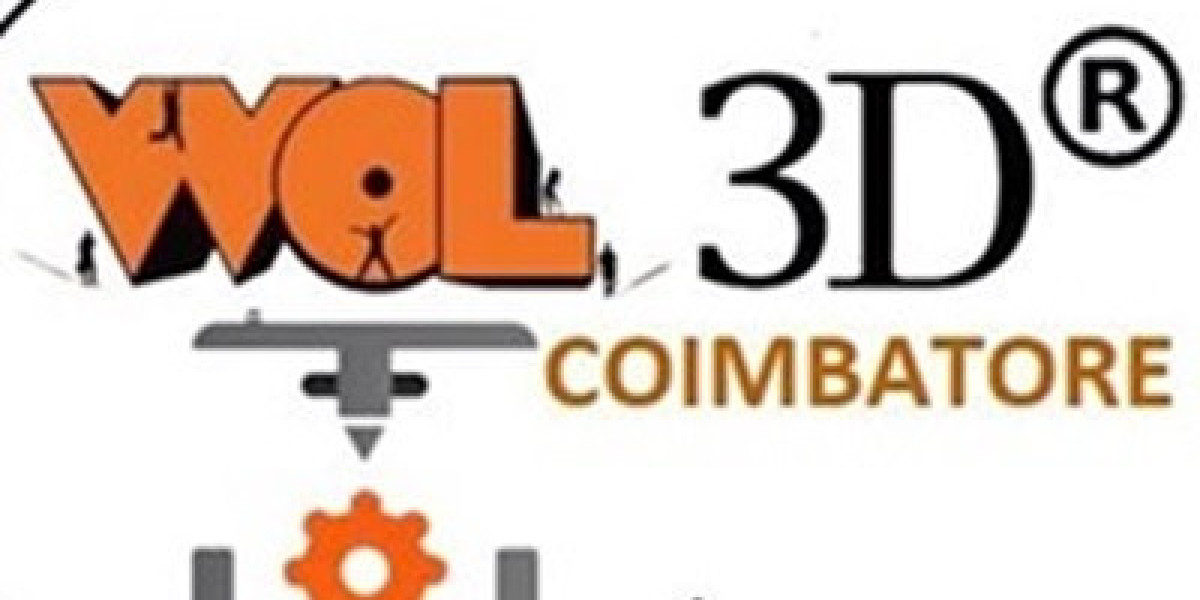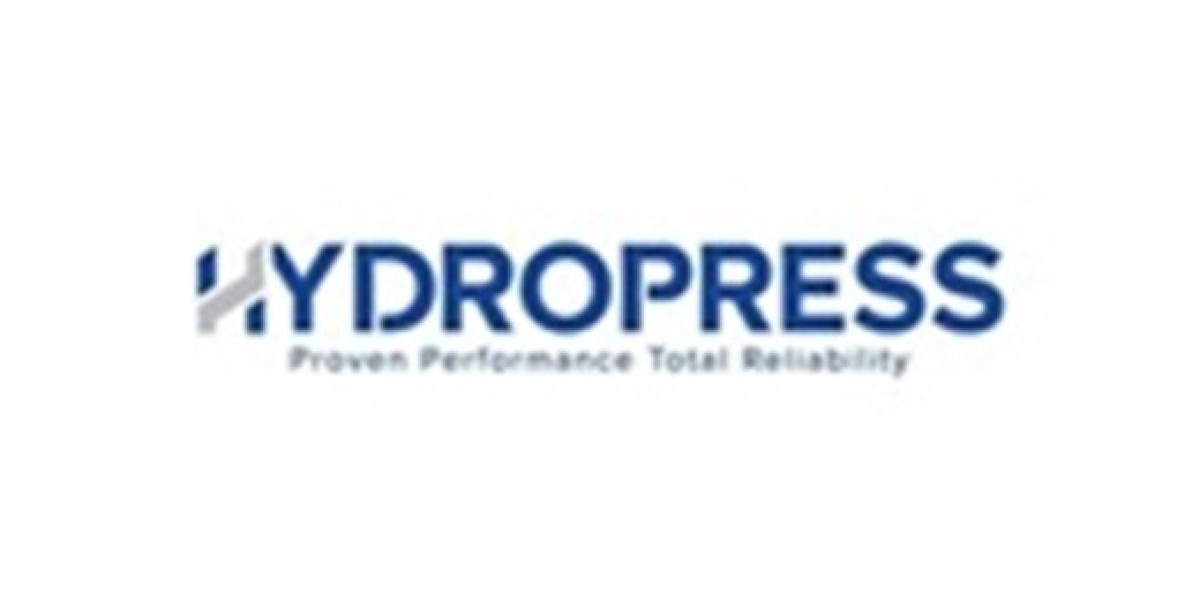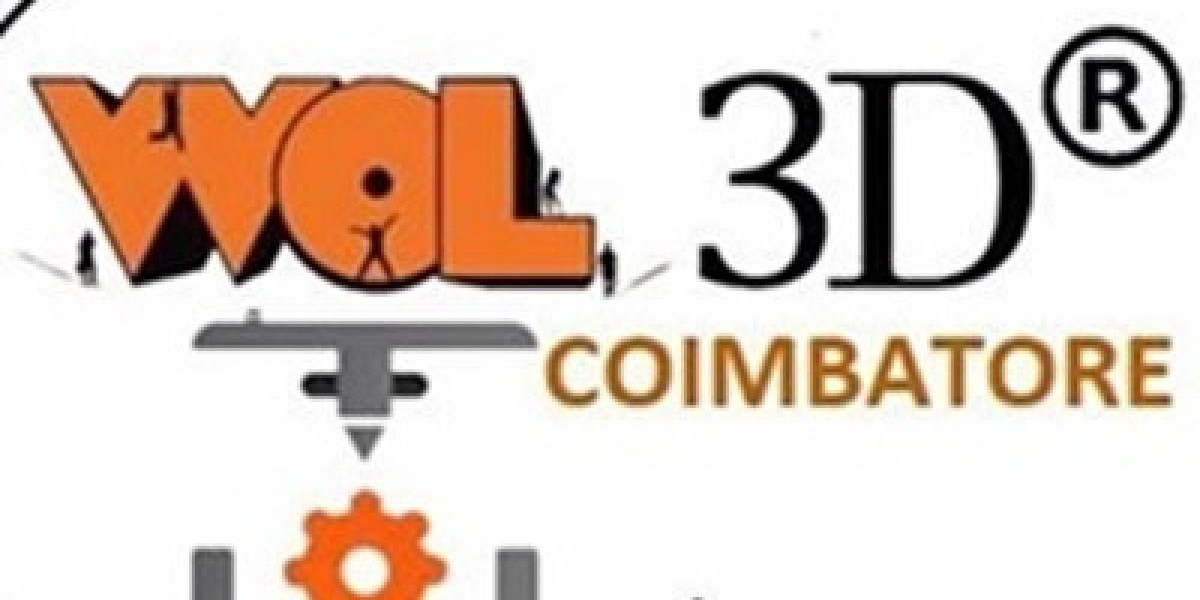Introduction
The global transfection reagents and equipment market is witnessing significant growth, driven by expanding research in genomics, proteomics, and cell biology. Transfection — the process of introducing nucleic acids into cells — is critical in gene expression studies, therapeutic protein production, and genetic engineering. The increasing use of transfection technologies in developing gene therapies, cancer research, and vaccine production is propelling the demand for advanced reagents and equipment.
Market Overview
The market for transfection reagents and equipment is valued at USD 1.1 billion in 2024 and is projected to reach USD 2.3 billion by 2030, growing at a CAGR of approximately 11.5%. This robust expansion is attributed to advancements in biotechnology, the rise of personalized medicine, and increased funding for cell-based research globally.
Applications of Transfection Reagents and Equipment
Transfection technologies have widespread applications across various scientific and medical domains:
1. Gene Expression and Functional Genomics
Researchers use transfection to study gene function and regulation. By introducing specific genetic material into cells, scientists can observe phenotypic changes and interactions, aiding in functional genomics research.
2. Gene Therapy
Transfection plays a pivotal role in gene therapy by delivering therapeutic genes to target cells. It is fundamental in correcting defective genes responsible for disease development.
3. Cancer Research
Transfection is used extensively in oncology to understand cancer progression mechanisms, test new treatments, and develop targeted therapies. It enables the modification of cancer cells to assess gene behavior.
4. Protein Production
Biopharmaceutical companies use transfected cells to produce recombinant proteins and antibodies. Transient and stable transfections are essential for efficient protein yield in commercial manufacturing.
5. Drug Discovery and Development
High-throughput screening assays rely on transfected cell lines to identify drug candidates. The ability to introduce target genes makes transfection crucial for early-phase drug discovery.
6. Stem Cell Research
In stem cell biology, transfection enables reprogramming of somatic cells and modulation of pluripotency factors, facilitating advances in regenerative medicine.
Market Segmentation
The transfection reagents and equipment market is segmented based on product type, method, application, end-user, and region.
1. By Product Type
Reagents
Lipid-based Reagents
Polymer-based Reagents
Enzyme-based Reagents
Calcium Phosphate
Equipment
Electroporation Systems
Microinjection Instruments
Laserfection Systems
Gene Guns
2. By Method
Physical Methods
Electroporation
Microinjection
Gene Gun
Chemical Methods
Liposomes
Cationic Polymers
Biological Methods
Viral Vectors
3. By Application
Cancer Research
Gene Therapy
Infectious Disease Research
Tissue Engineering
Stem Cell Therapy
4. By End-User
Academic and Research Institutes
Pharmaceutical and Biotechnology Companies
Contract Research Organizations (CROs)
Hospitals and Clinics
5. By Region
North America
Europe
Asia-Pacific
Latin America
Middle East & Africa
Competitive Landscape: 55 Market Segments
The competitive landscape of the transfection reagents and equipment market is characterized by the presence of both established players and emerging innovators. The top 55 segments are analyzed based on their market size, share, and growth forecast, categorized across the product, application, and regional spectrum.
Key Players and Market Segments:
Thermo Fisher Scientific
Lonza Group
Promega Corporation
Bio-Rad Laboratories
Qiagen N.V.
Sigma-Aldrich (Merck KGaA)
Polyplus Transfection
Mirus Bio
Takara Bio Inc.
Agilent Technologies (and many more within the 55 active segments)
Each segment exhibits unique growth dynamics. For instance:
Electroporation systems are gaining traction in clinical gene therapy due to their precision and reduced cytotoxicity.
Lipid-based reagents dominate the reagents market, offering efficient delivery with minimal immune response.
Asia-Pacific is expected to be the fastest-growing region, led by rising investment in biotech infrastructure in countries like China and India.
Market Share and Growth Forecasts:
Reagents Segment: Holds approximately 65% of the total market in 2024, driven by ease of use and broad applicability. Expected CAGR: 10.2%
Equipment Segment: Poised for rapid growth due to technological advancements and automation. Expected CAGR: 13.4%
Cancer Research Application Segment: Largest end-use category with over 35% market share.
Gene Therapy Segment: Fastest-growing application, forecasted to grow at 15% CAGR through 2030.
North America: Leading the global market with 40% share in 2024 due to strong R&D and regulatory support.
Challenges and Opportunities
Despite the positive outlook, the market faces challenges such as:
High cost of advanced transfection equipment
Cell toxicity and variability in transfection efficiency
Regulatory hurdles in therapeutic applications
However, ongoing innovation, including non-viral vectors, nanoparticle-mediated transfection, and AI-driven optimization of transfection protocols, provides substantial growth opportunities.
Browse More Reports:
Chronic Ocular Surface Pain Market
Collagen Gelatin Regenerative Medicine Market
Dental Charting Software Market
Dental Laboratory Handpiece Market








